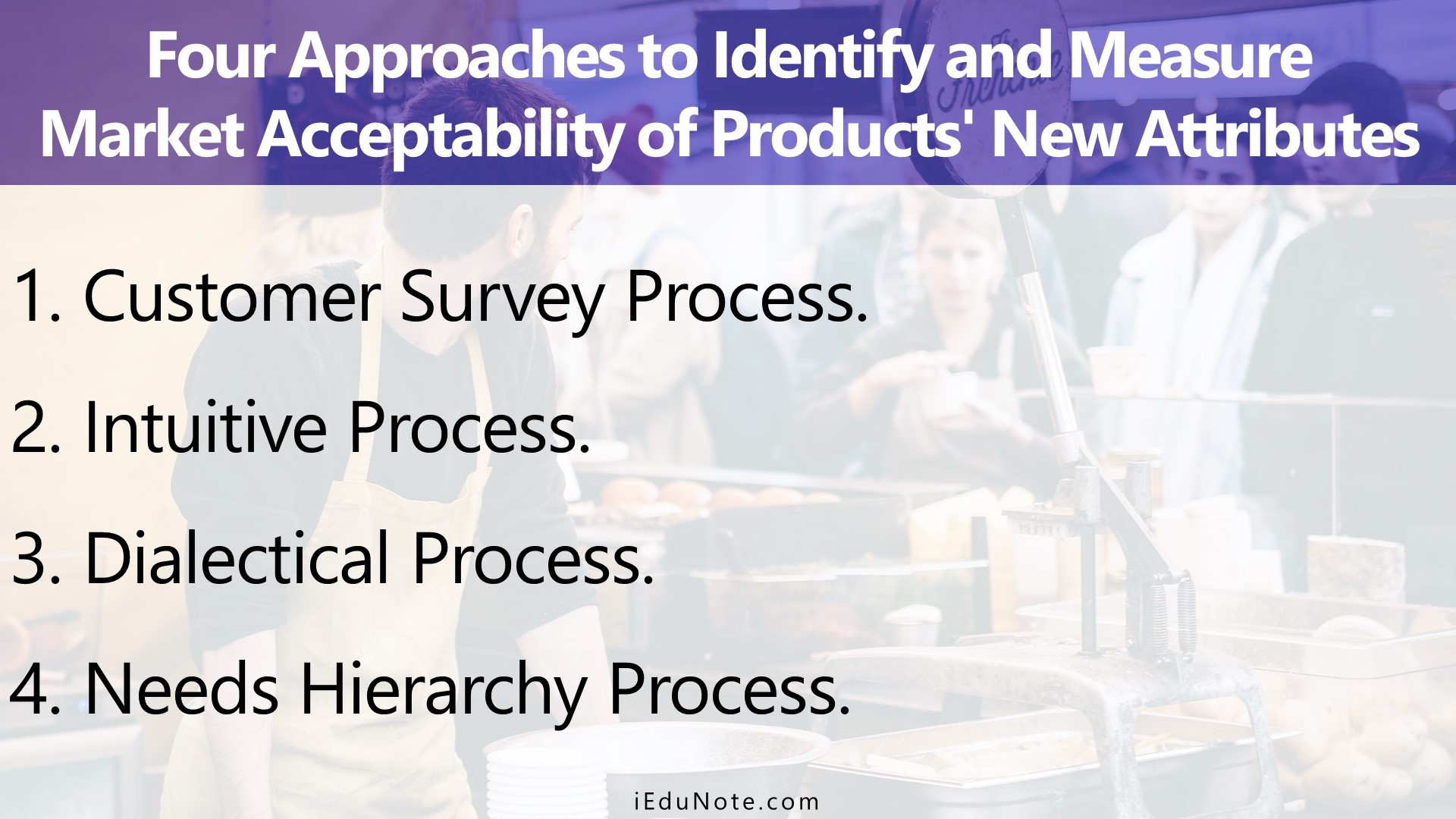You know that very few firms operate in a market environment all by themselves. Most companies face competition from at least one or other business, and usually from several. Thus, competitive forces make substitutes available for almost every product or service on the market.
No matter what new attribute you add to your product to satisfy customers’ demand in a way better than your competitors do, it will be copied sooner or later by your competitors. They may even add something more appealing to consumers. It ultimately makes your addition (of attribute) less appealing.
Customers nowadays are affluent than ever before, and as a result, they are more demanding. If you are successful in one attribute, it may place you in a better position in the marketplace compared to your competitors.
But, remember, this position is only temporary since others will follow you soon. To ensure your advantageous position, in the long run, you should then continuously look for new attributes to add. It means that the innovative process is a continuous one.
If you continue, you will win. Otherwise, you will jeopardize your position in the face of competition.
Four Approaches to Identify and Measure Market Acceptability of Products’ New Attributes
There are four approaches that a marketer can use to identify new attributes to be added and measure their acceptability as well as technical;
- Customer Survey Process.
- Intuitive Process.
- Dialectical Process.
- Needs Hierarchy Process.

Approach-1: Customer Survey Process
Using this method usually asks customers about the new attribute they like to see in a product.
After listing the desired attributes and ranking them in terms of their desirability, the firm calculates the cost involved in their development and materialization. It then examines the likely competition that the proposed attributes may face. This analysis decides which attribute (s) may yield a satisfactory return to the firm and decides accordingly.
Approach-2: Intuitive Process
This is a traditional approach under which marketing executives decide on the new attribute-based on their guess. By using their experiences, they identify attributes that may be desired by the customers, and accordingly, they add those to the products.
There is uncertainty involved in the approach. If the market favors the firm’s attribute, based on the executive’s intuition, it will succeed. If not, the firm will incur losses and lose out in the competitive race.
Approach-3: Dialectical Process
By dialectical, we mean the art of reasoning or application of logical principles to the process of thought. A firm following this approach stays apart from the majority and concentrates on segment (s) overlooked by the majority. It tries to identify attributes that it considers highly desirable by those segments.
By focusing on the neglected segments, the firm tries to develop a solid position in that portion of the market. Remember, competitors in the near or distant future will attack you and try to penetrate the segments occupied by you either by lowering prices or by adding more desirable attributes.
Approach-4: Needs Hierarchy Process
This approach is based on the famous need hierarchy model developed by Abraham Maslow. Maslow arranged human needs into a hierarchy and argued that people would satisfy lower-level needs before satisfying higher-level ones.
Once lower-level needs are satisfied, they temporarily stop being motivators, and the individual will actively strive to satisfy the higher needs. To be successful, a marketer should identify when his target market will strive to satisfy higher-order needs. He should exploit this by adding new attributes to his product before his competitors do.
In conclusion, we can say that marketers, while using one of the abovementioned approaches, should study the developments in technology, economy, social structures, and other related issues, since they also determine which attribute will be desirable as well as feasible.